
People Are Mad All Buildings In America Look The Same, Creator Points Out The Reason
There is currently a growing trend of buildings becoming increasingly homogenous. Countries with old, historical buildings whose aesthetics beautifully complement their environment have, in recent years, witnessed the demolition of these unique structures and seen them replaced with basic buildings.
Paradoxically, these newer buildings, despite being built with inferior materials, still cost nearly as much as their older counterparts. The creator of this piece discusses the reasons behind this trend and argues that it erases historical landmarks and contributes to more and more cities looking the same.
More info: Tiktok
An architecture grad student responded to a TikTok on the rising trend of buildings that look the same all over the country
Image credits: Isaac Quesada (not the actual photo)
She explained that these 5-over-1 buildings are popular because they are cheap to construct
Image credits: brittanybeen
“Isn’t it kind of depressing that almost every new apartment building in America looks like this?”
Image credits: brittanybeen
“They’re really cheap to make – it’s five floors of wood construction over one floor of a concrete podium”
“Usually the bottom floor is for retail commercial space, which kind of makes it integrate better into the urban community, but you get these really bland-looking architectural concepts.
In 2010, the International Building Code was changed and it made it so that you could put 100 units more densely packed into one area with this type of construction. And while it’s popular, because it’s cheap, and builders love it, it’s hated for many reasons.”
Image credits: brittanybeen
“One of them being they’re so architecturally bland that you can’t even tell what city you’re in anymore based on these buildings”
“The problem is, this formula works so well that it just gets propagated in every city with no response to site context, no response to history of the location that you’re in, the site orientation to any cool features, like if you’re in Denver, looking at the mountains, none of that, because it’s cheap to just copy and paste in every single city, and it’s owned by the same corporations that do it. Here’s one that’s trying to be creative in Seattle. But another reason people hate these is because they are associated with gentrification.”
Image credits: brittanybeen
“Usually these are placed in neighborhoods that are growing and heavily affected by displacement.”
“So anytime we look at these we think of corporations owning buildings, and excessively high rent for something that’s definitely not worth it. But are we ever going to get beautiful buildings again? Probably not. Buildings today have to prioritize cheap materials over aesthetics because we have a housing shortage and we need houses quickly.”
Image credits: brittanybeen
“Brownstones are not fast to make nor are they cheap, and they’re also not densely packed”
“This is one unit per the square footage that it takes up. In today’s era, we need 100 units over a certain square footage, buildings of the past had these beautiful facades and detailing that are no longer feasible in today’s economy, and no one really wants to make them. Instead, the best that we’re gonna get are modern concepts that tried to allude to historic in the most economical way possible. So 5-over-1 construction, there’s many ways to fix this blandness that we’re facing, but we’re just not going to see it because it’s working. We’re buying it, but also cause we have no choice.”
Image credits: brittanybeen
You can watch the original video here
@brittanybeen#stitch with @nicole urban i hate it here too #fyp#foryou#fy#architok#buildings#urbanism#architecture♬ original sound – Design with Been
The original poster mentioned how depressing it is that every new apartment kind of has the same basic look. The video was stitched by Design with Been, an architecture grad student who went on to explain why the 5-over-1 buildings started gaining traction in 2010. They are cheap and it is five floors of wood construction over one floor of a concrete podium. Though it integrates better into the urban community, they are actually very bland.
Architects hate these types of buildings for many reasons, one of which is the blandness of these buildings which pay no mind to site context, history of location or orientation to any of the cool features of the location. As The New York Times explains, “Architects often work under budgetary constraints and density requests from developers who don’t want to lose money on their investments. Wood-frame construction, which makes up the bulk of these buildings, is typically less expensive than concrete or steel.”
Image credits: Boyan Minchev (not the actual photo)
Even when attempts are made to add some creativity, they eventually become associated with gentrification due to their placement in burgeoning neighborhoods heavily affected by displacement. For many, these structures simply evoke corporate ownership and inflated rent for subpar quality. Rental prices for these buildings range from $1,100 to $5,000 per month.
While the construction process might seem somewhat shoddy, it’s also partly a consequence of migration. More and more people are moving to cities for job opportunities, leading to a shortage of available housing. An article by Matter stated that “the US was short 3.8 million units in 2020,” indicating that the supply of vacant units is insufficient to keep prices down amidst rising demand.
While cost-effectiveness might be a primary motivator, it’s worth noting that inflation plays a major role, and ultimately, these savings translate to inflated profits. Additionally, the purpose of these buildings remains somewhat unclear, especially considering that over 600,000 people are currently homeless in the US.
The creator’s video gathered 1.8M views and 261.7k likes on TikTok with many commenters on the video expressing concern over this trend becoming the norm, emphasizing that while these houses are cheap to build, they’re ultimately unaffordable and not worth the price.
People shared their takes on the situation
Aside from the architecture, if mixed use buildings (i.e. residential units with shops at the bottom) become common, it would be a big step forward in the US. In a huge number of places you have to drive pretty much everywhere and if neighbourhoods with these buildings catch on, it could change that.
These are "the same buildings"? Dudes come visit territories formerly occupied by soviet union. You will see square kilometers of ugly gray boxes with balconies looking like homelees person cart.
Aside from the architecture, if mixed use buildings (i.e. residential units with shops at the bottom) become common, it would be a big step forward in the US. In a huge number of places you have to drive pretty much everywhere and if neighbourhoods with these buildings catch on, it could change that.
These are "the same buildings"? Dudes come visit territories formerly occupied by soviet union. You will see square kilometers of ugly gray boxes with balconies looking like homelees person cart.

 Dark Mode
Dark Mode 

 No fees, cancel anytime
No fees, cancel anytime 






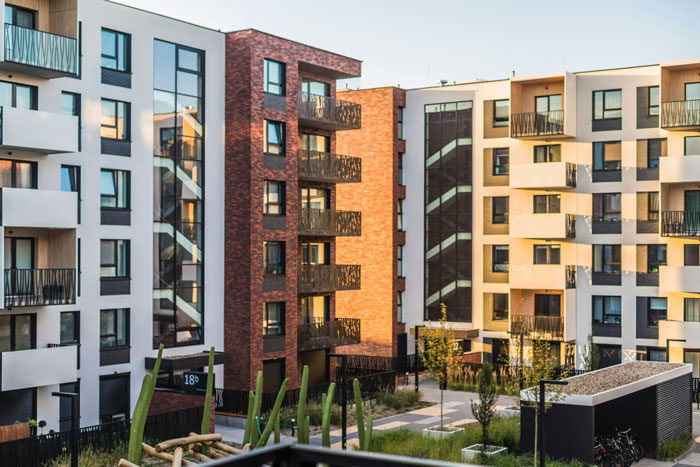
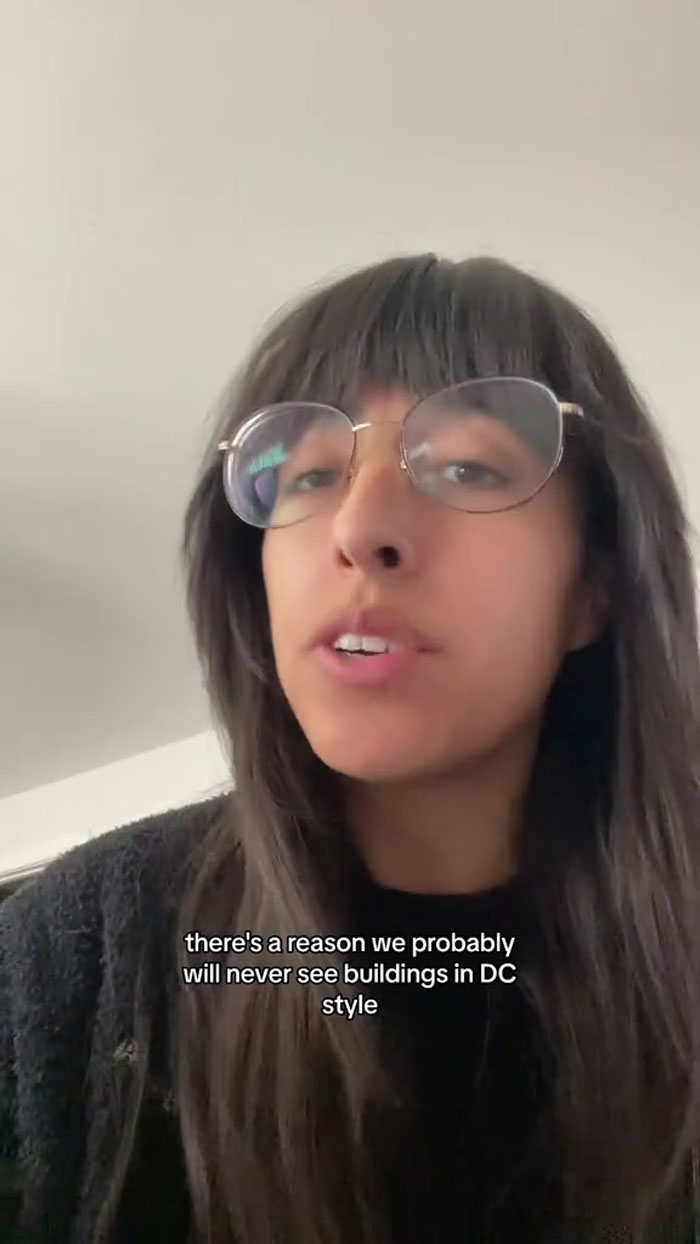
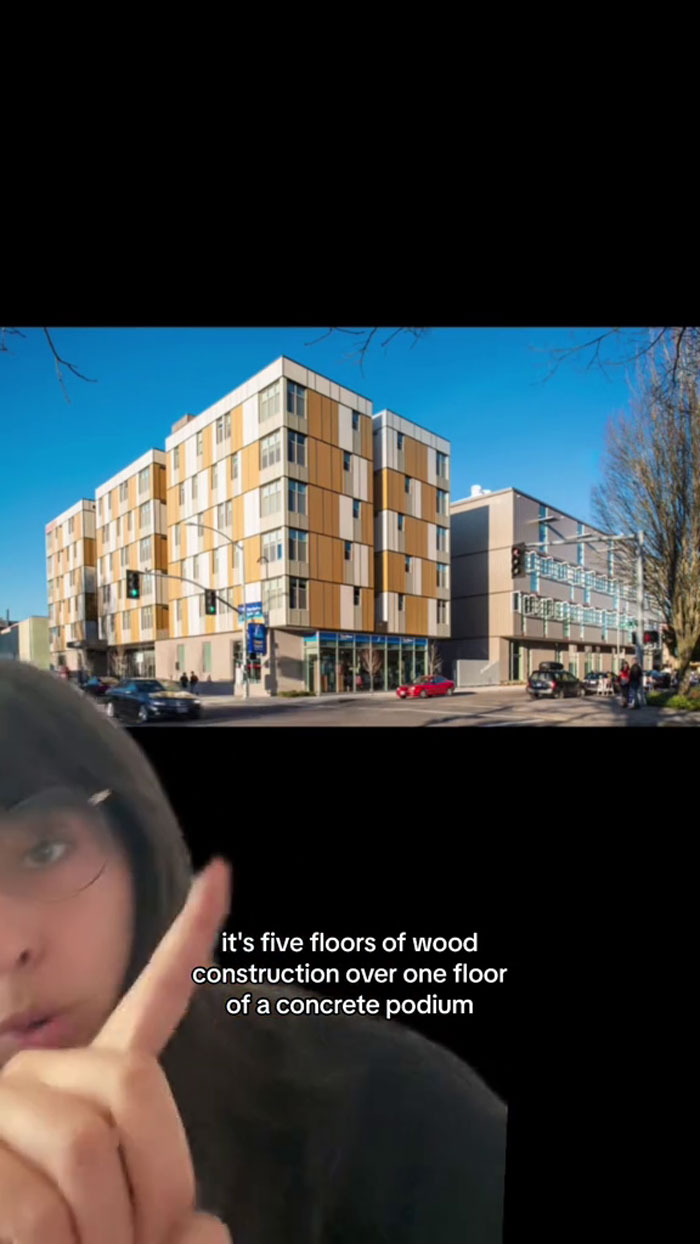
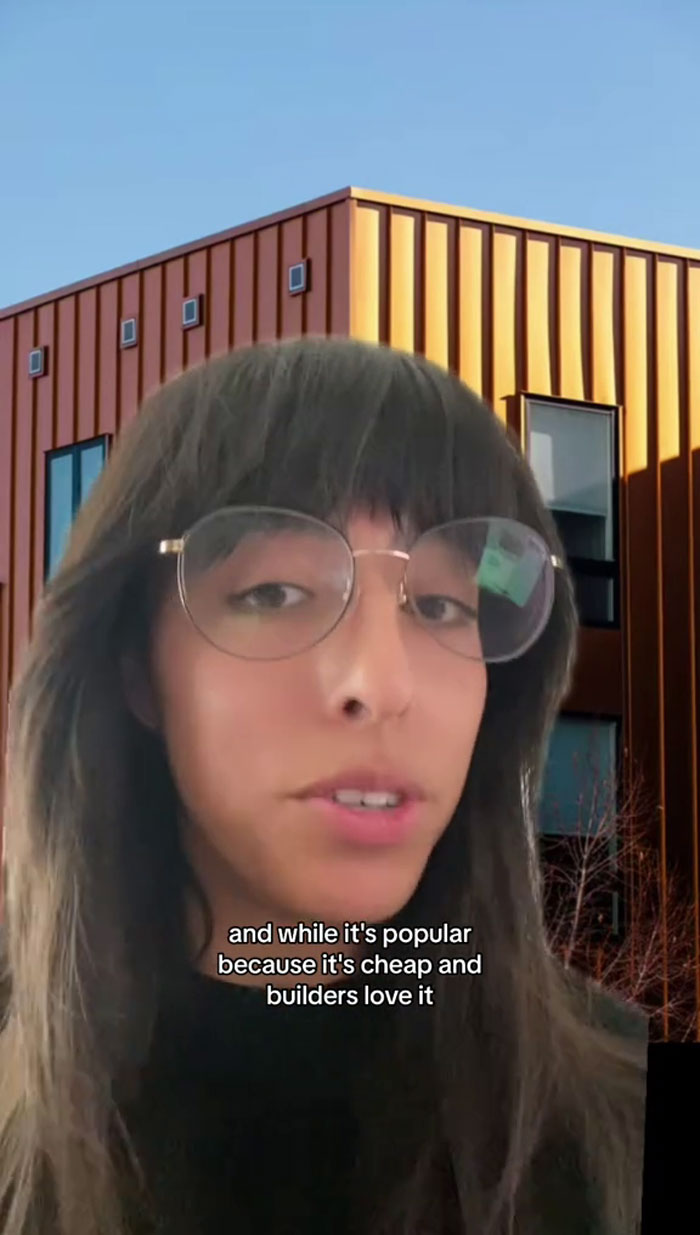
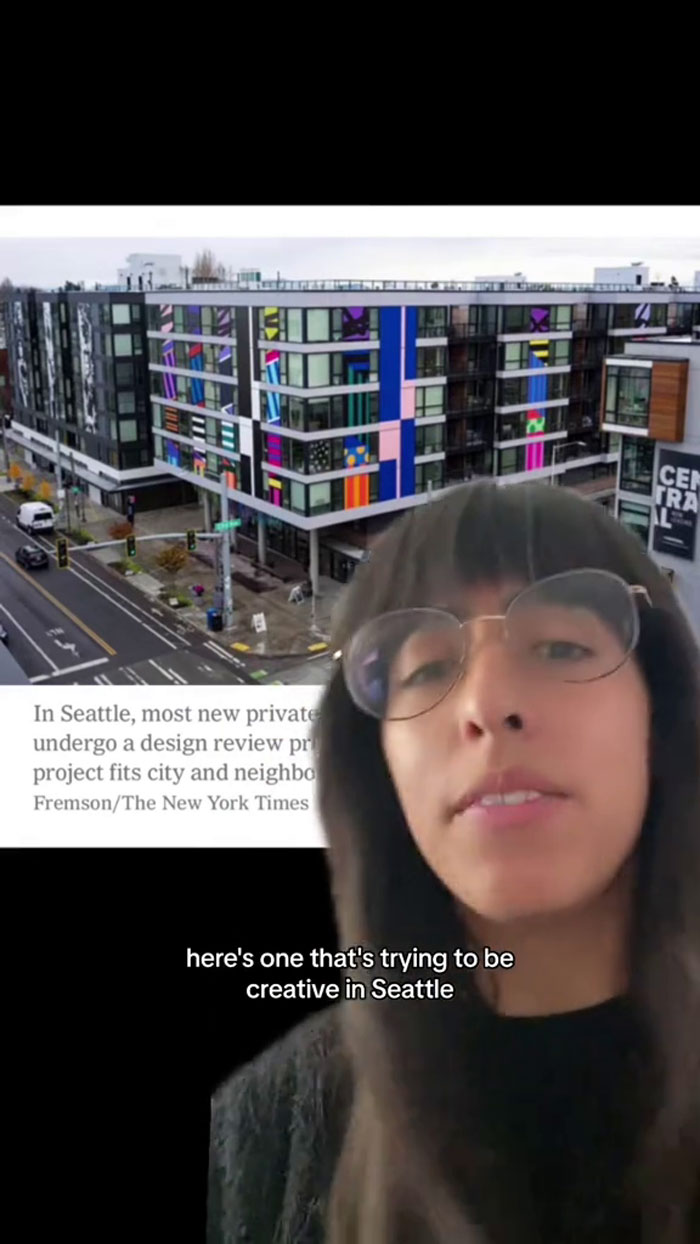
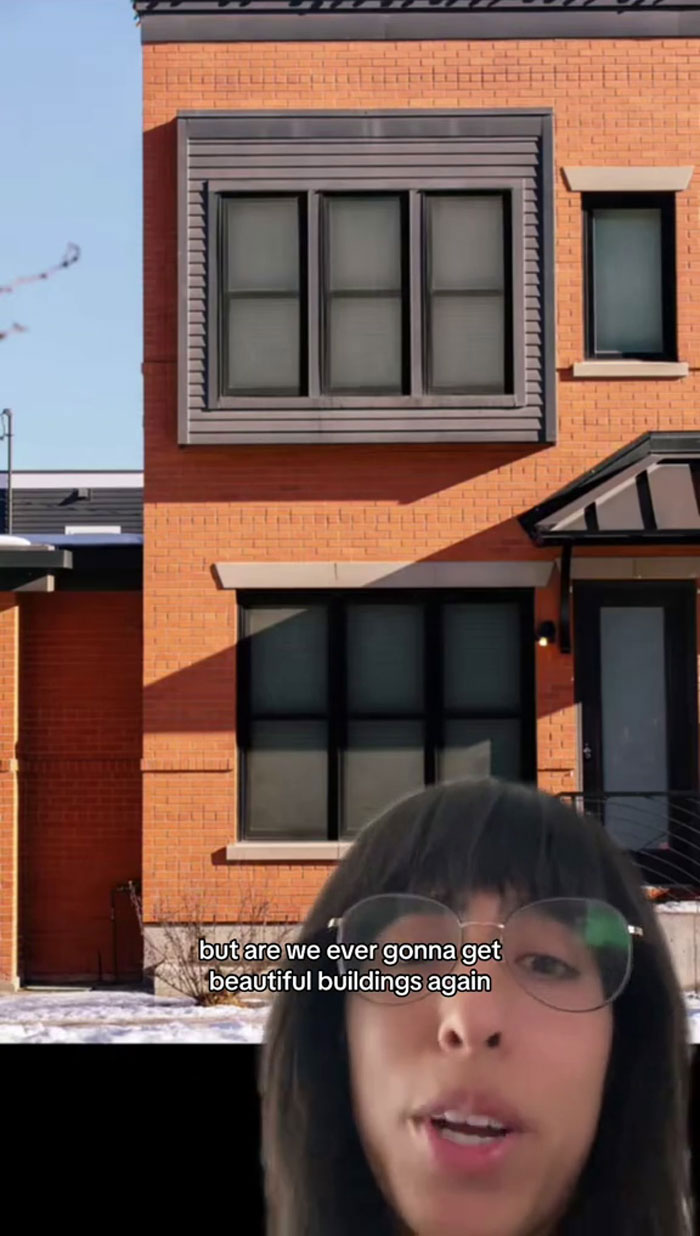
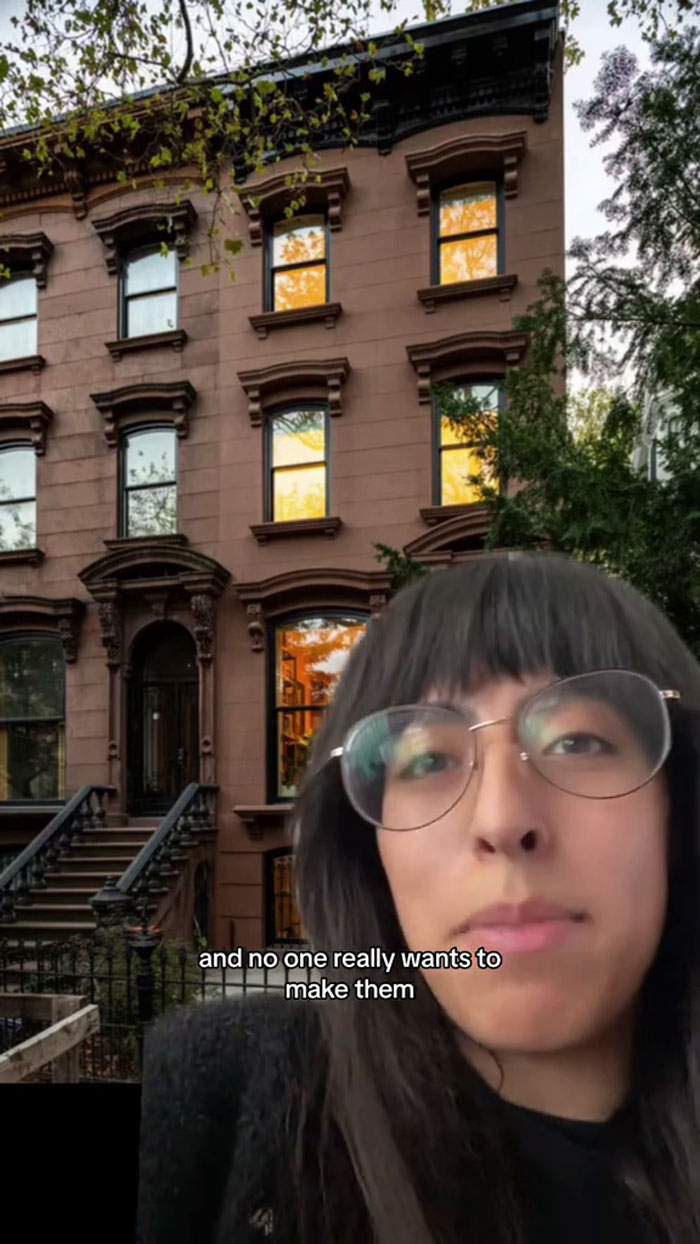
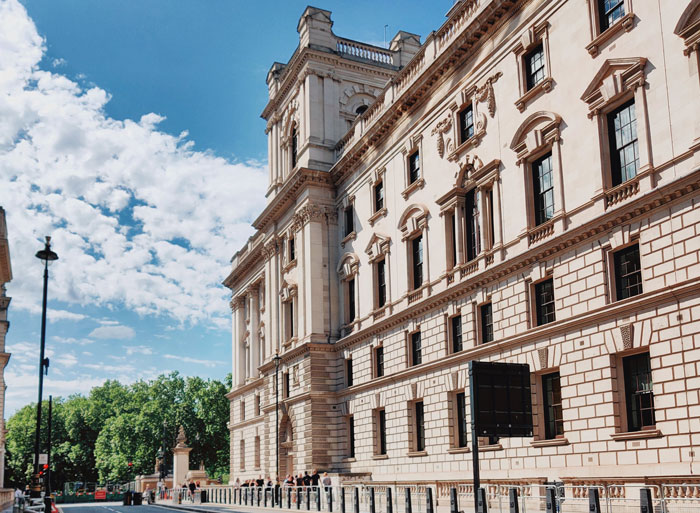
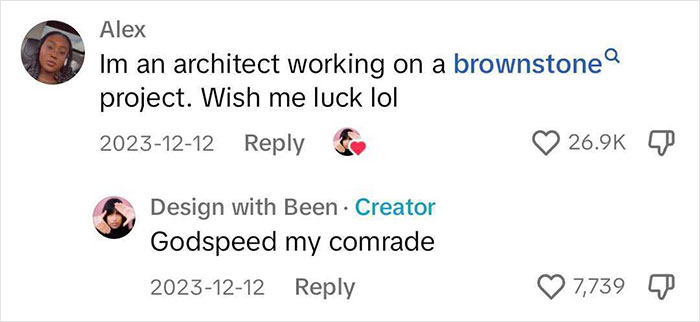






















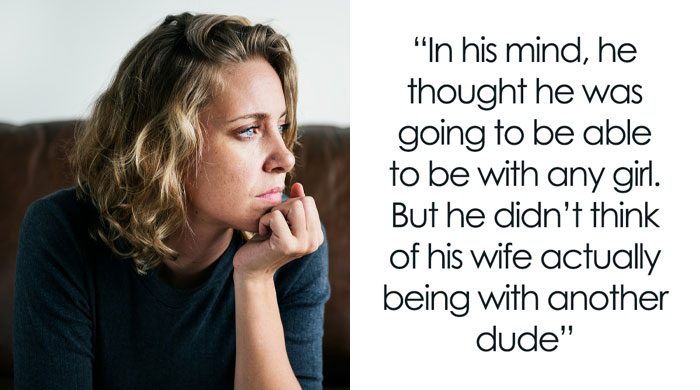



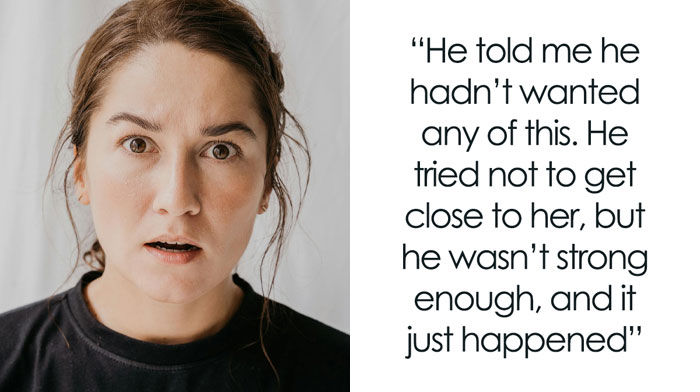






























15
3